12 Common Mistakes to Avoid When Collecting Antique Dishware
Collecting antique dishware can be a rewarding experience, but it requires attention to detail and a careful approach. Many collectors fall into avoidable errors that affect both the value and enjoyment of their pieces. From overlooking subtle marks to misjudging condition, small mistakes can make a big difference. With the right knowledge, you can protect your investment and build a collection that truly reflects history and beauty.
This post may contain affiliate links, which helps keep this content free. Please read our disclosure for more info.
Ignoring Maker’s Marks
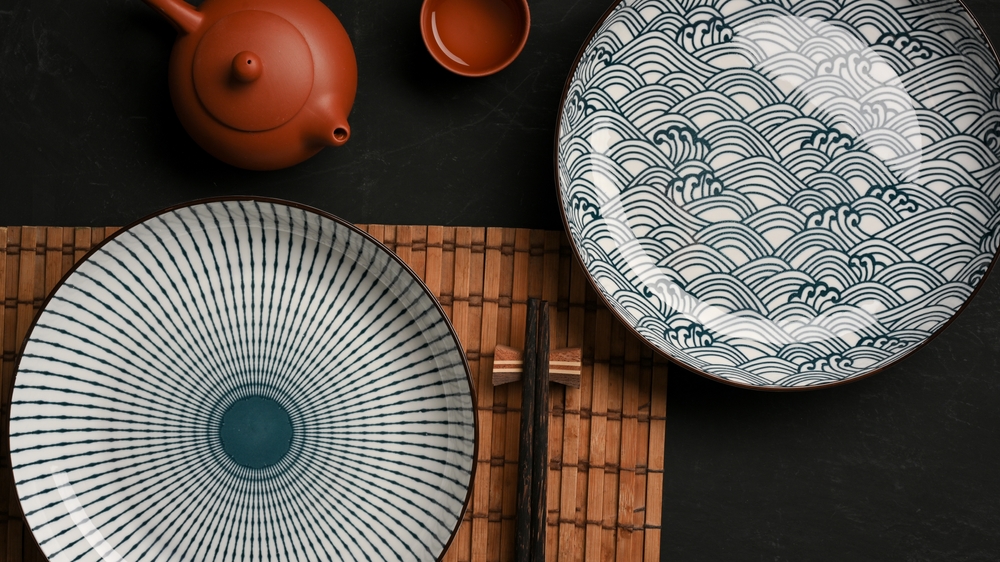
Many collectors overlook maker’s marks because they are small and sometimes difficult to read, yet they are one of the most important identifiers of authenticity. These marks often include the manufacturer’s name, initials, or a symbol that ties the dishware to a specific factory and production period. Without checking them, it becomes easy to confuse reproductions with genuine antiques.
Researching maker’s marks through reference books or online guides is worth the effort. Some marks even changed design across decades, and knowing these differences can help pinpoint the exact production year. Collectors who pay attention to these details are far less likely to overpay for pieces that lack historical significance.
Overlooking Condition Issues
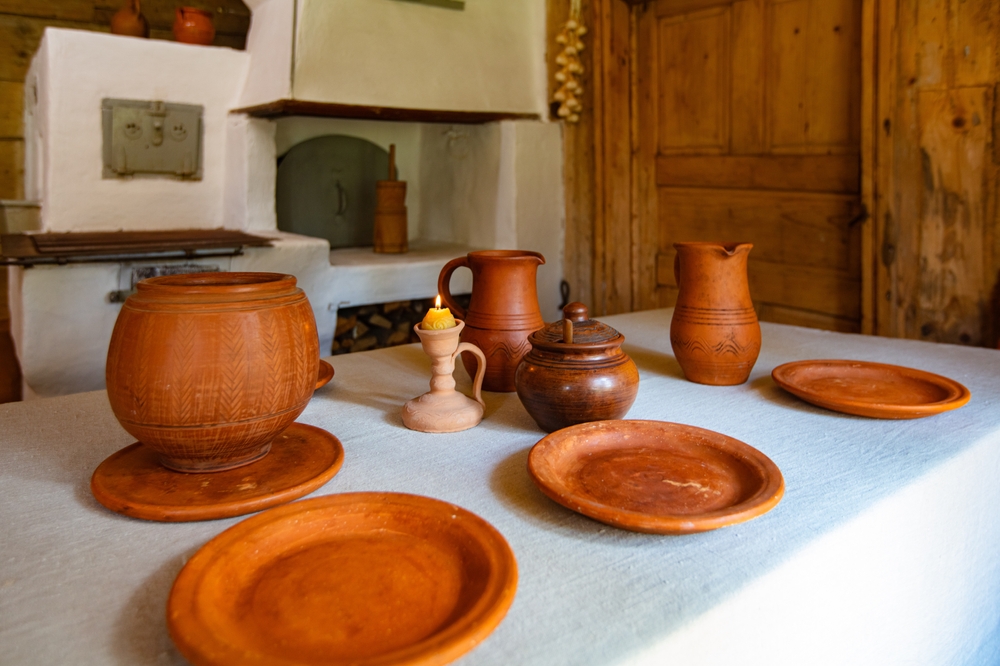
The condition of antique dishware has a direct effect on its value, yet many buyers get caught up in patterns or rarity without checking for flaws. Even small chips, cracks, or scratches can bring down the worth of a piece, making it less desirable for resale. Damage often goes unnoticed when viewed under poor lighting, and buyers may only discover it later.
A good practice is to inspect each item carefully by running your fingers along the edges and holding pieces up to the light. Hairline cracks or crazing in the glaze can sometimes be hard to see, but will still lower the value. While small imperfections may be acceptable for personal enjoyment, collectors should weigh carefully whether damaged items deserve a place in their collection.
Failing to Research Provenance
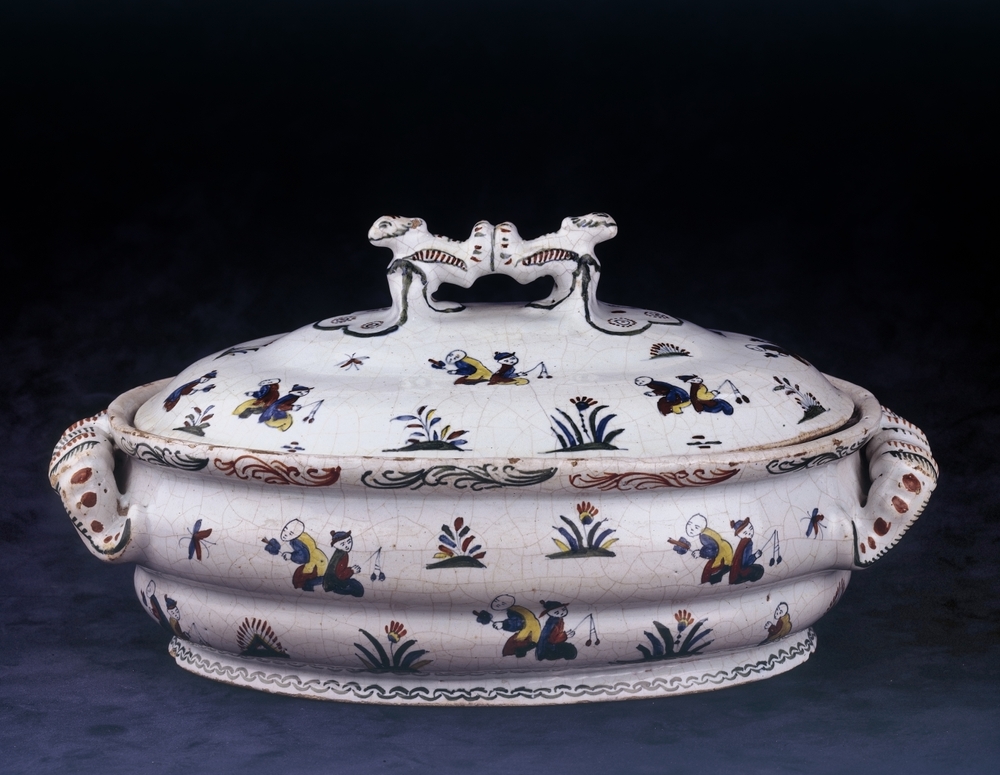
Provenance provides valuable context about the history of an item, but many collectors ignore it when making purchases. Knowing who previously owned a piece or where it was acquired adds credibility and can even increase its market value. Without documentation, you may never know whether a plate came from a notable household or was just a mass-market product.
Whenever possible, ask sellers for background information, receipts, or family records that can confirm the story behind the dishware. Collectors who maintain detailed notes on provenance often find their collections more desirable to other buyers, since the story enriches the appeal of the items.
Buying Without Comparison
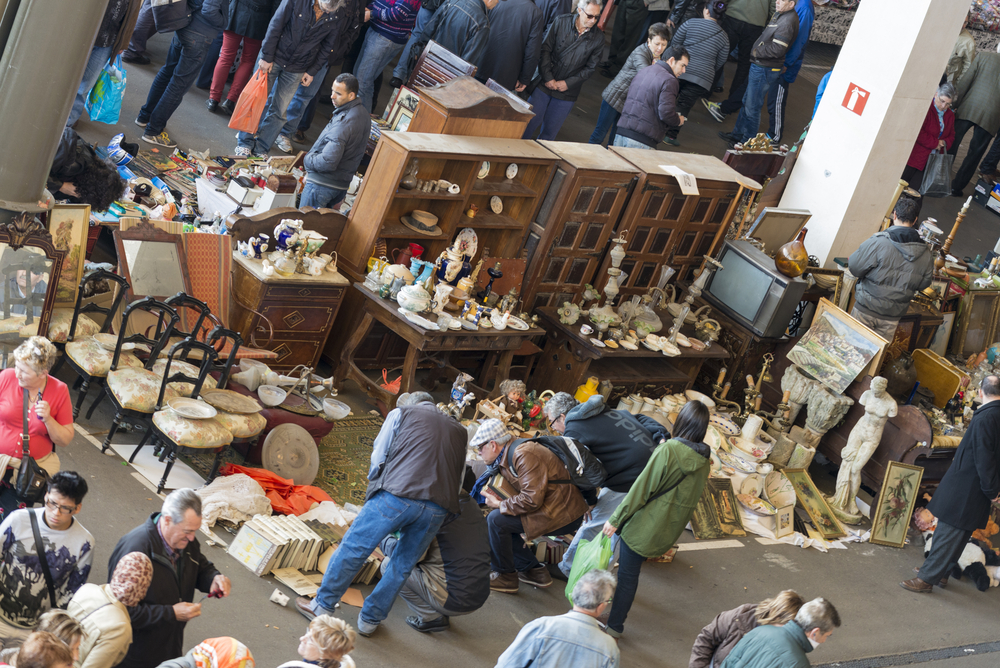
It is easy to get excited and purchase the first appealing item you see, but failing to compare similar pieces is a mistake. Prices can vary widely depending on where you shop, and without looking at multiple sellers, you may end up paying far more than necessary. Some sellers rely on impulse buyers who do not take the time to evaluate their options.
Looking at auction catalogs, antique fairs, and online sales helps you recognize what a fair price range looks like. Collectors who regularly compare prices not only save money but also gain a better sense of when they have found a rare bargain worth pursuing.
Neglecting Proper Storage
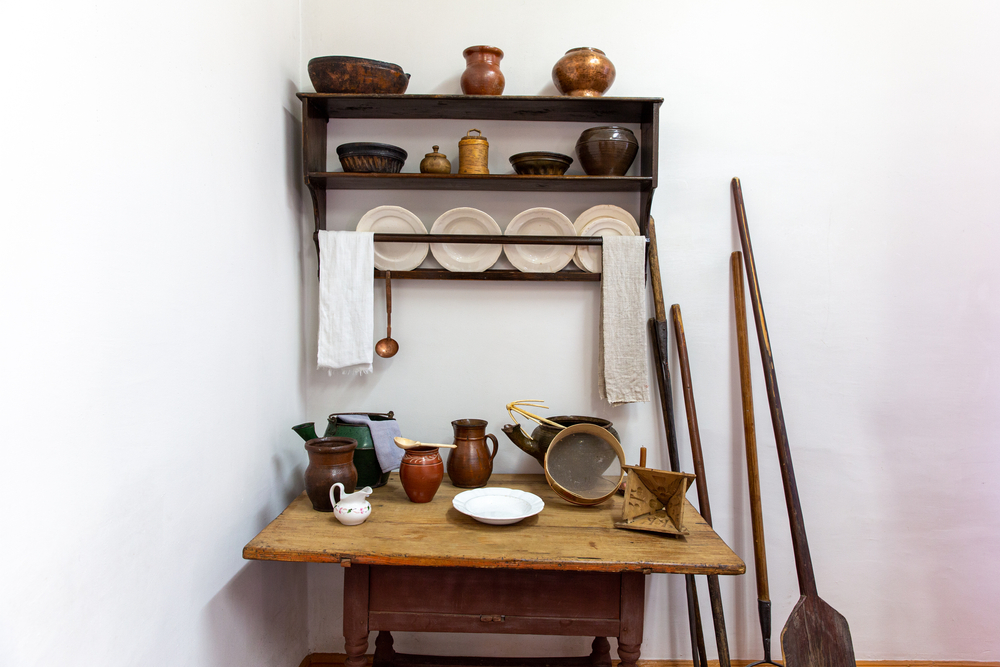
Once you own antique dishware, protecting it is just as important as buying it. Many collectors make the mistake of stacking plates or placing cups in crowded cabinets, which can easily cause chips and cracks. Storing items in areas with fluctuating temperatures or moisture can also damage glazes and delicate finishes.
Using padded storage containers, lined shelves, and stable racks helps prevent accidents. Collectors who take care to store their dishware properly not only protect their current investment but also preserve the pieces for future generations.
Forgetting to Verify Authenticity
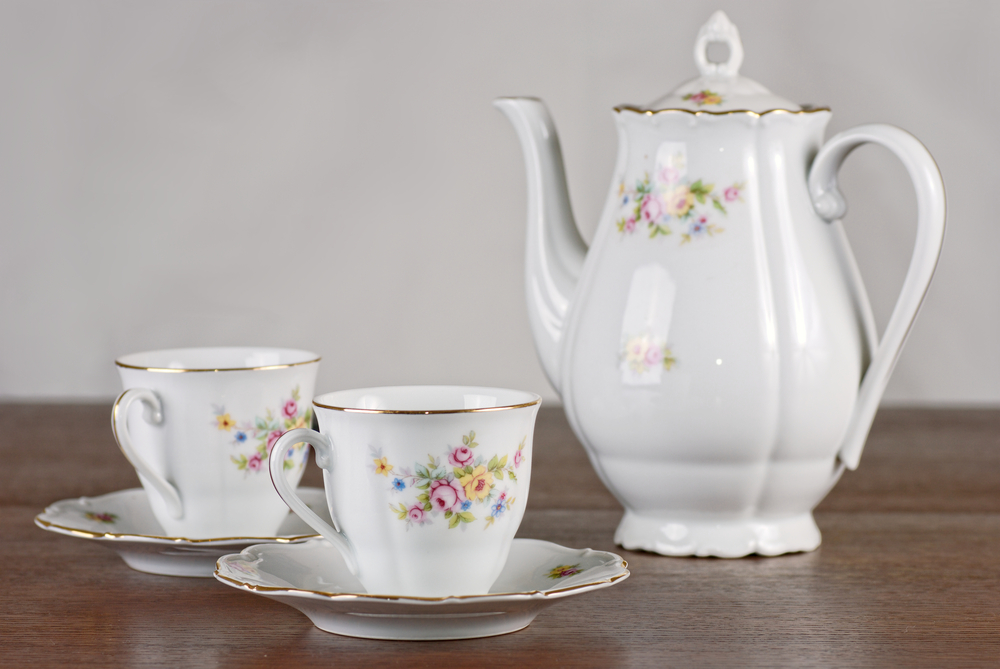
Some collectors trust a seller’s word without doing their own verification. This can result in paying high prices for reproductions that look convincing but hold little value. Authenticity is especially important with popular brands that are frequently copied.
Learning to recognize signs of authenticity, such as glaze quality, weight, and specific details in the design, can make a big difference. Collectors who study these traits before making purchases are far less likely to regret their investments.
Focusing Only on Popular Brands
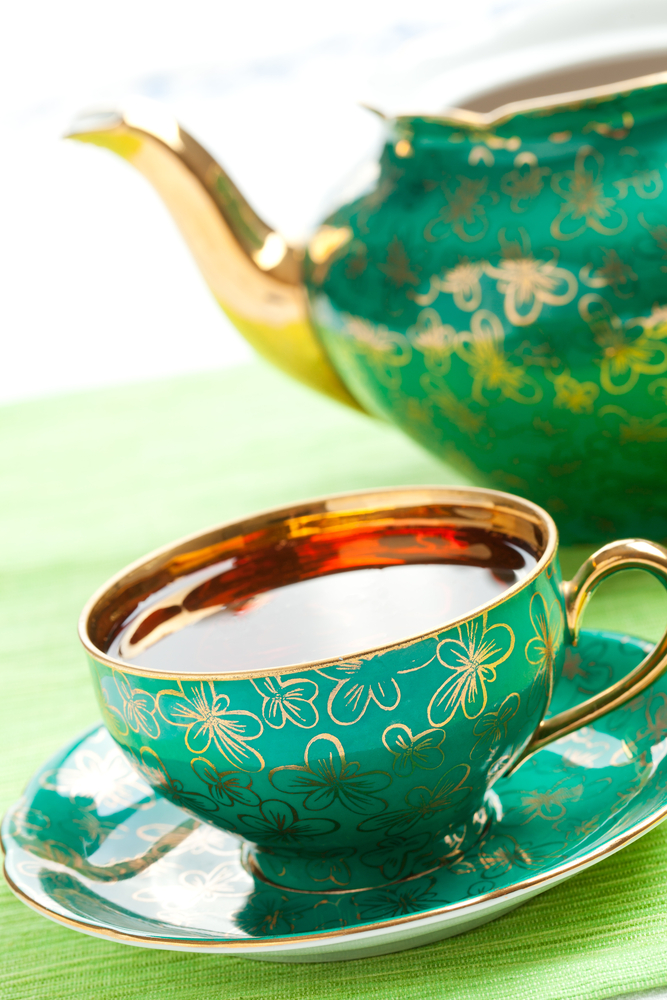
While well-known names like Wedgwood or Royal Doulton attract attention, focusing only on popular brands is a mistake. Many lesser-known makers produced beautiful and valuable dishware that is overlooked by casual buyers. Limiting your collection to only famous names may cause you to miss out on rare finds with strong historical importance.
Exploring smaller or regional makers can add diversity and uniqueness to your collection. Over time, these pieces may even gain recognition and an increase in value as collectors broaden their interests.
Ignoring Repaired Pieces
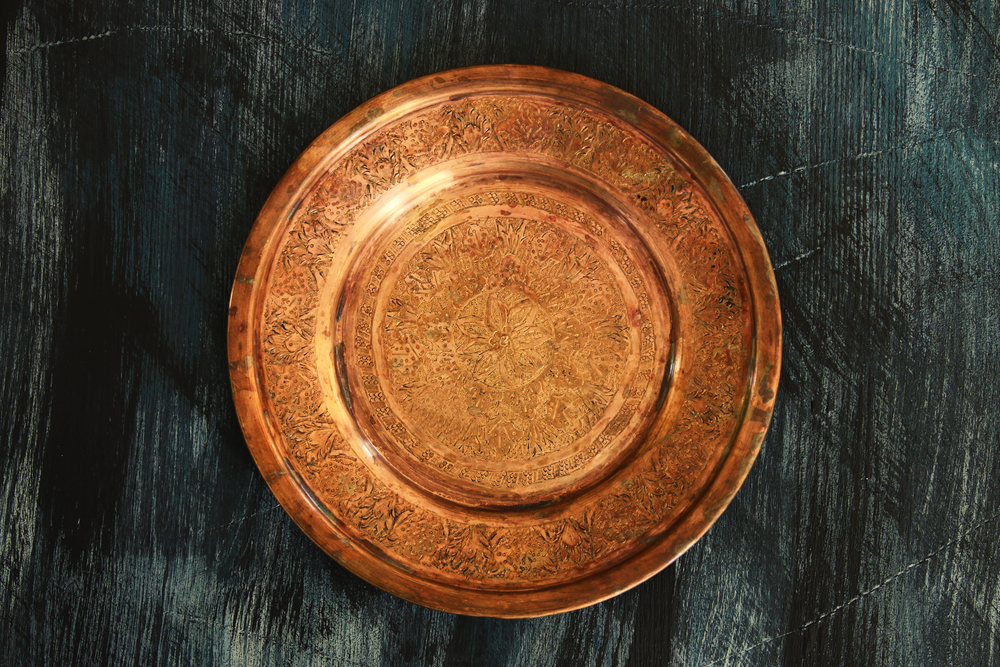
Repaired dishware often looks flawless at first glance, but many buyers do not realize that repairs reduce value. A glued handle or repainted detail may hold up visually, but it lowers authenticity and desirability in the eyes of serious collectors. Some sellers fail to disclose repairs, leaving buyers surprised later.
Using a magnifying glass or feeling for texture differences can help reveal hidden restorations. Collectors who learn to spot these signs avoid overpaying for items that are not in original condition.
Paying Too Much for Trends
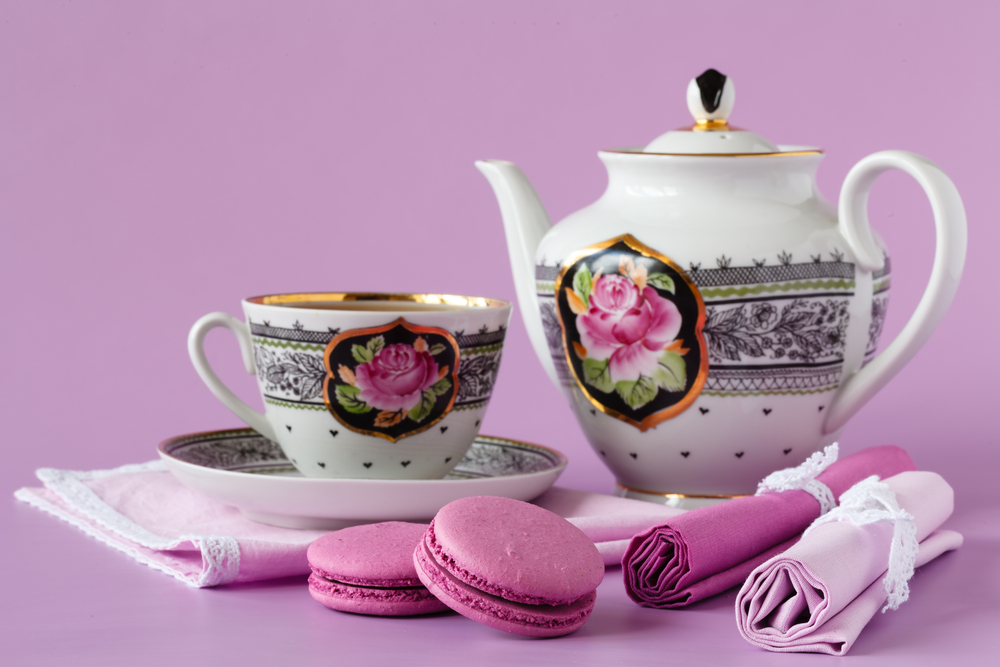
Trends in collecting come and go, and some buyers get caught up in short-term popularity. They pay high prices for pieces that are in fashion only to see values drop once interest fades. Collecting based solely on what is trendy often results in disappointment.
A better approach is to balance current styles with classic and timeless pieces. This way, your collection remains valuable and interesting regardless of changing preferences.
Forgetting About Completeness
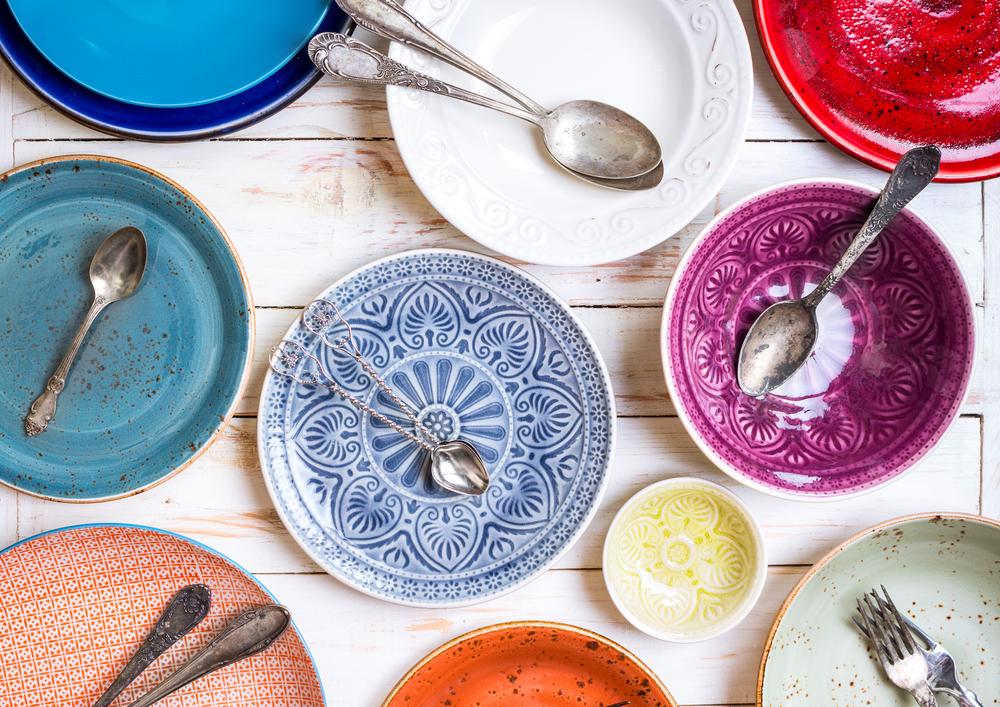
Sets of dishware often hold more value when complete, yet collectors sometimes buy random pieces without considering the bigger picture. A single plate may be attractive, but a full set has a stronger appeal and commands higher prices. Over time, piecing together a complete set can be difficult if you do not plan.
Checking whether missing pieces are readily available helps avoid long searches. Collectors who think about completeness early on tend to build collections with greater long-term value.
Misjudging Size and Scale
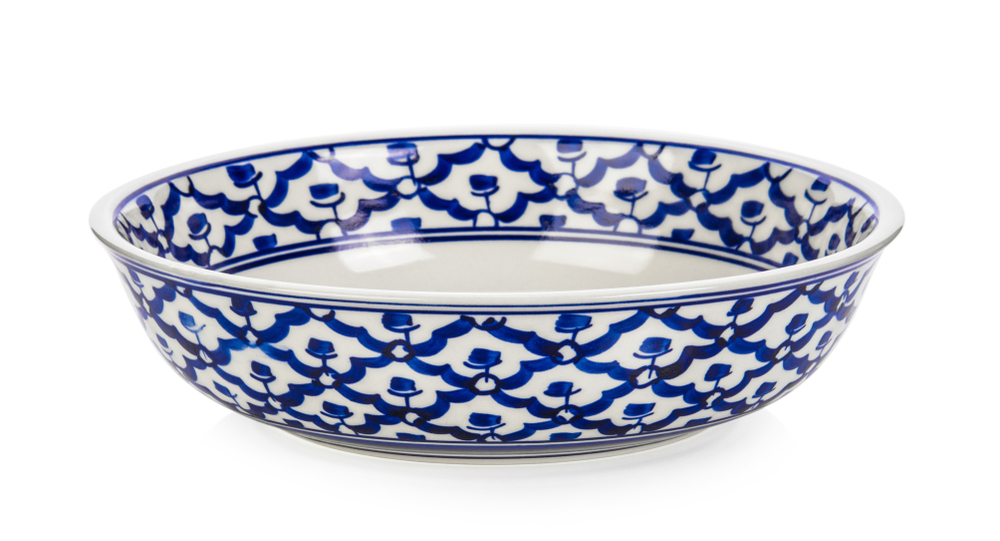
Some buyers purchase items without considering how they fit within their collection or display space. Oversized serving pieces may look impressive, but can overwhelm smaller shelves or cabinets. On the other hand, very small items can get lost among larger dishes.
Measuring your storage or display space before buying helps prevent regret. Keeping a balance of sizes creates a collection that looks organized and harmonious.
Neglecting Cleaning Guidelines
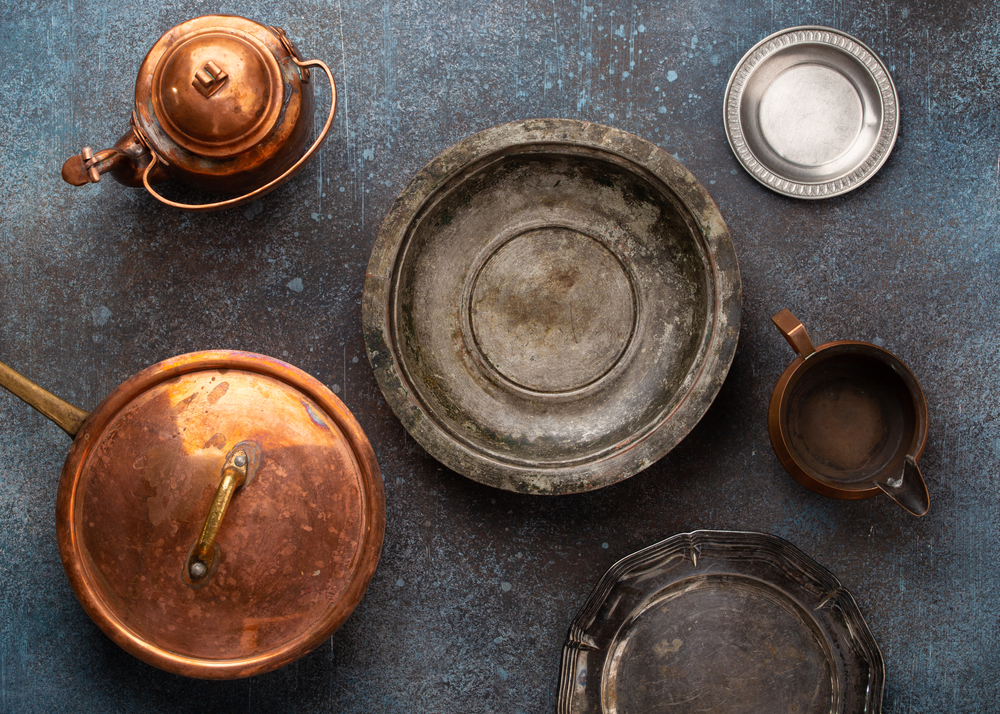
Antique dishware should never be cleaned the same way as modern dishes, yet many collectors wash them with harsh detergents or place them in dishwashers. This mistake can cause fading, scratches, or even cracks in delicate pieces. Glazes and hand-painted decorations are especially vulnerable to strong chemicals.
Gentle handwashing with mild soap is usually the safest method. Collectors who respect cleaning guidelines preserve both the look and the structural integrity of their items.
This article originally appeared on Avocadu.
